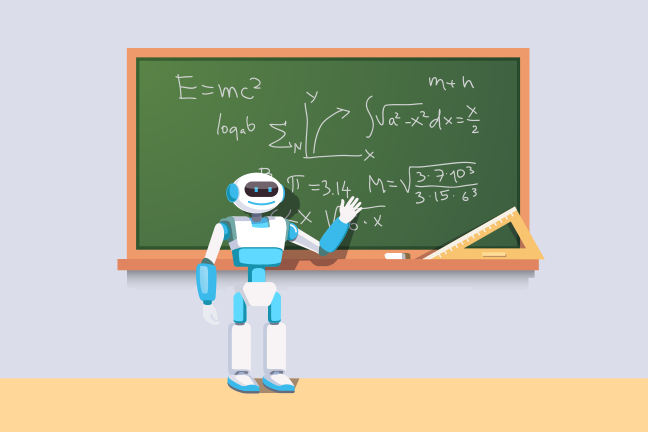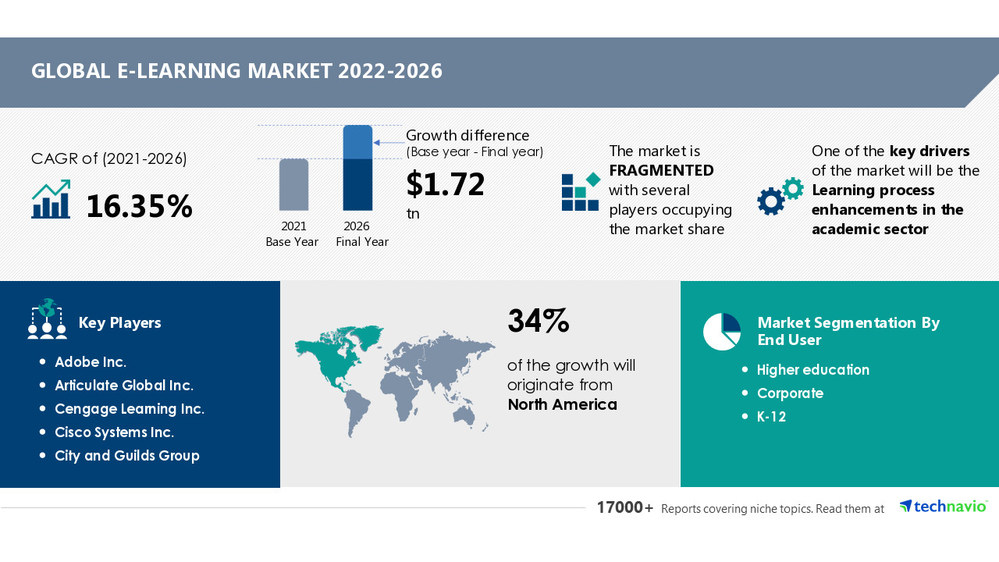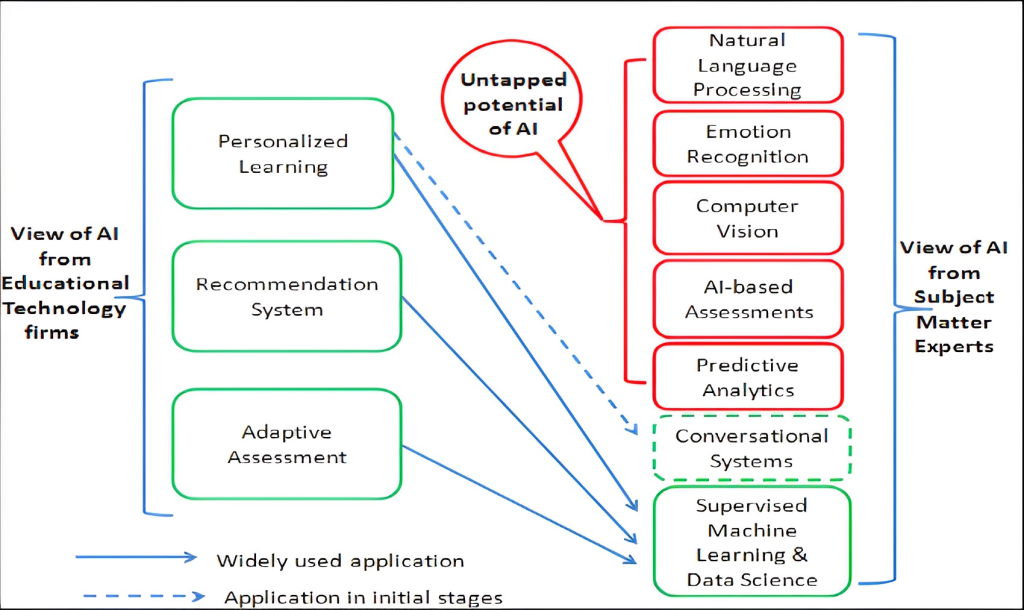
Education is a vital human good. Countries now structure their educational systems to guarantee that every child has the right to receive an education. Education’s goal is to create morally cohesive members of society who respect other people and their values and have all the required abilities for contemporary living. The role of the educational system and teaching strategies is to support the students’ successful integration into the community and larger society as well as their training in science and technology. The educational systems in every nation should adapt and update themselves continuously to meet the demands of the information and development society. Therefore, just as civilizations change, so too must the methods that education is providing to people. In many aspects, the educational system as a whole has changed throughout time, but sadly, our teaching methods have not. For example some students find it difficult to learn in a setting when the teacher is in the front of the class and the students are seated. Every learner, according to their individual mental capacities and temperament, has a different and distinctive style of absorbing and comprehending the knowledge that is presented to them. In order to carry out the learning process as effectively as possible, distinct groups of learners can be identified, and each category requires a different approach. However, the current system groups all students under a single standardized framework, making it clear why some students fall behind and have trouble picking up new information. Many of the conventional teaching strategies employed by all educational systems have shown to be ineffective in terms of the proportion of knowledge that students can retain. For instance, the knowledge that students need to learn for tests is not stored in the brain for a long time. Additionally, even though the regular repeating component can aid in the consolidation of knowledge in the brain, the fact that this information is not used for a prolonged period of time causes it to be lost.
Current Drawbacks of Education System and how AI can fill these gaps
Technology has advanced quickly in recent years, having a significant impact on every aspect of our life. Artificial intelligence is a rapidly evolving field of technology that is anticipated to be key to our society’s digital transition. It deals with a computer’s capacity to mimic human cognitive processes like memory, planning, and creativity. Machines receive data, process it, and are directed to make decisions based on that data. The rapid advancement of computer science in education has resulted in the creation and evolution of Artificial Intelligence applications, which are critical in streamlining instructions, learning, and decision-making. These applications offer students personalized instructions, assistance, and feedback in addition to course administration and support. In essence, they use fresh and cutting-edge technological approaches to assist students in learning more efficiently, comprehending topics and their respective fields of application. As Rose Luckin, Professor of Learner Centered Design at the UCL Knowledge Lab, said “Artificial Intelligence can show us how we learn best, exactly where we struggle and where we excel” meaning that by using AI in the education methods can enhance the learning process very rapidly and with great success.
For students to be successful in life and contribute to society, the current education system tries to equip them with the knowledge, skills and values they need. Although there are continual initiatives to increase access, equity, and outcomes for all students, there are constant arguments and disputes concerning the efficiency and fairness of the education system. Traditional education has a lot of drawbacks including:
- Inequality: There are disparities in access to education across socio-economic,racial and geological lines, leading to persistent achievement gaps between groups of students.
- Standardization: The emphasis on standardized testing, rigid curricula has stifled creative and critical thinking and created a “one size fit for all” approach that doesn’t take into account the individual student needs and learning styles.
- Lack of preparation for real-world challenges
- Limited access to technology

AI can be used to bridge the gap between the current education system and the one we desire. Currently, the involvement of AI in Education and learning has brought a whole new concept of learning into the industry vertical. The eLearning market, is predicted to surpass $1.72 trillion in 2026 because of AI. The AI in education has revolutionized traditional education ranging from mobile digital courses to online references and virtual classrooms. Some of current AI developments in education include:
- Personalized Learning: An AI system analyzes student data and provides personalized learning recommendations while taking into account the individual’s learning style and pace. For instance, Knewton’s adaptive learning platform uses AI to provide students with personalized learning paths and live feedback.
- Adaptive testing: AI powered adaptive testing adjusts the question difficulty based on students performance, hence providing accurate assessment of students’ ability. Example, Knewton’s AI powered assessment provides adaptive assessment that adjusts to students’ level.
- Virtual Tutors: It can provide students with real time feedback and support, offering personalized learning experience. Example, Carnegie Learning’s AI-powered tutors provide hints,tips and step by step solutions to students to support them in understanding complex mathematical concepts.
- Content Generation: AI algorithms can generate education materials like quizzes, summary and videos, helping teachers create more engaging and interactive contents. Example, Quill uses AI to create personalized writing assignments for students.
- Classroom management: It can be used to manage student behavior, keeping students on track and maintaining a productive learning environment. Example, Classcraft gamifies the classroom experience, increasing students’ engagement and motivation.
Future of AI in Education

Today humanity is going through the period of the so-called 4th industrial revolution, the technological/digital revolution or revolution of automation, robots and virtual-digital worlds. One can confidently say that the evolution of existing applications combined with the multiple technological achievements of the digital revolution can radically change the way education is done in institutions around the world. Plenty of research has been done on the possible future applications that can be adopted by educational systems where their inclusion could dramatically benefit students’ performance and improve the educational process by creating a more enjoyable environment for them.
Virtual reality can be used in the classroom as a teaching aid. It offers teachers the chance to develop new programs for their students while also giving students the chance to experience a new style of learning. Virtual reality enables students to approach their learning from a unique angle. For example, molecular models and geometric shapes are only two examples of the concepts that immersive technologies may help students visualize. Therefore the combination of AI with virtual reality (VR) shows that students enjoy the learning process more and also helps them develop the skills they need for better collaboration with each other. Similarly, the facilitation of interactions and enhancement of e-learning experiences were found to be successful outcomes of personalized learning systems. Even a small amount of personalization can have a significant impact, such as eliminating redundant information and emphasizing the training that will be most beneficial to the student. The amount of time it takes to engage with and comprehend a new subject is reduced with personalized learning, which also assists in retaining information learned for a much longer period of time. Last but not least, Pedagogical agents can really enhance the teaching process due to their ability to adapt to newly defined goals and change their initial plans in order to achieve those goals. With their human-like qualities such as speech, facial expressions and body language, they can create a very engaging and interactive experience for the students. This makes for a promising integration of pedagogical agents into the educational system, together with their capacity to offer tailored learning experiences and feedback to the students.
Conclusion
In summary, current education has a lot of drawbacks; with the use of AI, the gap between traditional education and the education system we need can be filled. AI is being used to personalize the learning experience, provide instant feedback, and automate administration tasks. However, it’s crucial to guarantee that the application of AI in education is moral, open, and consistent with educational objectives and ideals. In the future, AI is expected to play an even larger role in the education system by creating a more interactive and immense learning experience, allowing for real-time customization, and enabling data-driven decision making. However, the issue of potential AI replacing teachers and the need for ethical consideration in the development and implementation of AI in education still exist.


